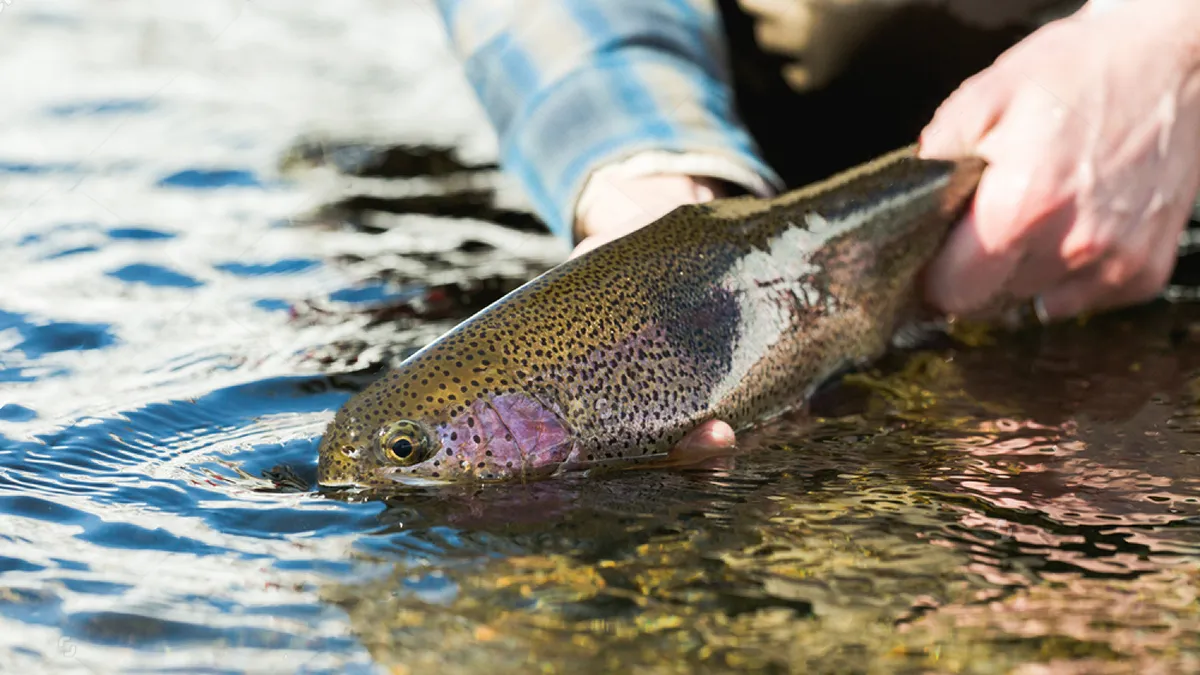G’day, fellow anglers! If you’re like me, there’s nothing more thrilling than feeling a tug on the line and reeling in a big one. But as much as we love the sport, it’s crucial we do our bit to keep our fishy friends thriving. That’s where catch-and-release fishing comes into play.
Catch and release is all about enjoying the thrill of the catch while giving the fish a chance to fight another day. It’s not just about putting the fish back in the water—it’s about making sure they swim away strong and healthy. Proper techniques and a bit of care can make a world of difference in ensuring the survival of the fish we catch.
Sustainable fishing practices like catch and release are vital for conservation. By releasing fish properly, we help maintain healthy fish populations and ensure our waterways remain teeming with life for future generations. Plus, it feels pretty good to know we’re playing our part in preserving Australia’s stunning aquatic ecosystems. So, let’s dive into some best practices for catch-and-release fishing and make sure we’re doing it right for the sake of our beloved sport and the environment.
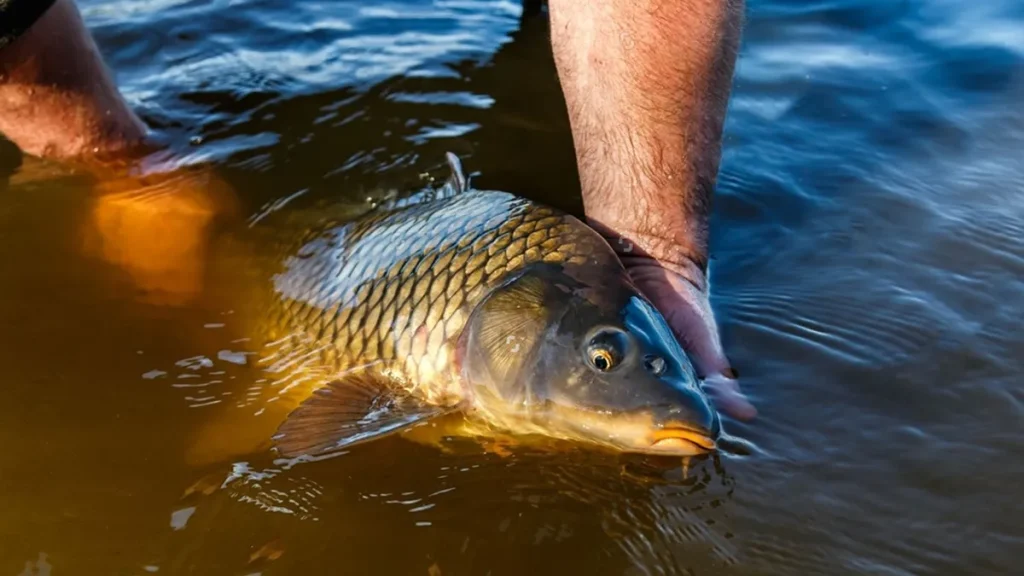
The Importance of Proper Catch and Release Techniques
Now, let’s talk about why proper catch and release techniques are so crucial. When you’re out there reeling in a bream, it’s easy to get caught up in the excitement. But we’ve got to remember that our actions directly impact the fish’s health and survival.
When a fish is caught, it goes through a lot of stress. Imagine being yanked from your home and struggling against a giant for what feels like forever—that’s pretty much what the fish experiences. This stress can seriously affect their chances of survival once they’re released. That’s why handling them with care is so important.
Proper techniques help reduce this stress. For starters, using barbless hooks makes it easier to unhook the fish quickly, minimizing the time they’re out of the water. Wetting your hands before handling the fish prevents damaging their protective slime coating, which is vital for their health. Gently holding the fish and supporting its body also helps avoid injury.
Another key step is reviving the fish before letting it go. If the fish seems exhausted, hold it in the water facing the current to help it get oxygen until it’s strong enough to swim away on its own. By following these practices, we can ensure our catch-and-release efforts truly benefit the fish and support the sustainability of our beloved fishing spots.
Essential Gear for Catch and Release
Alright, mates, now that we’ve talked about the importance of proper techniques, let’s dive into the essential gear you’ll need for successful catch and release. Using the right equipment not only makes the process smoother but also ensures the fish have the best chance of survival. Here’s a rundown of the must-have gear for every angler committed to sustainable fishing.
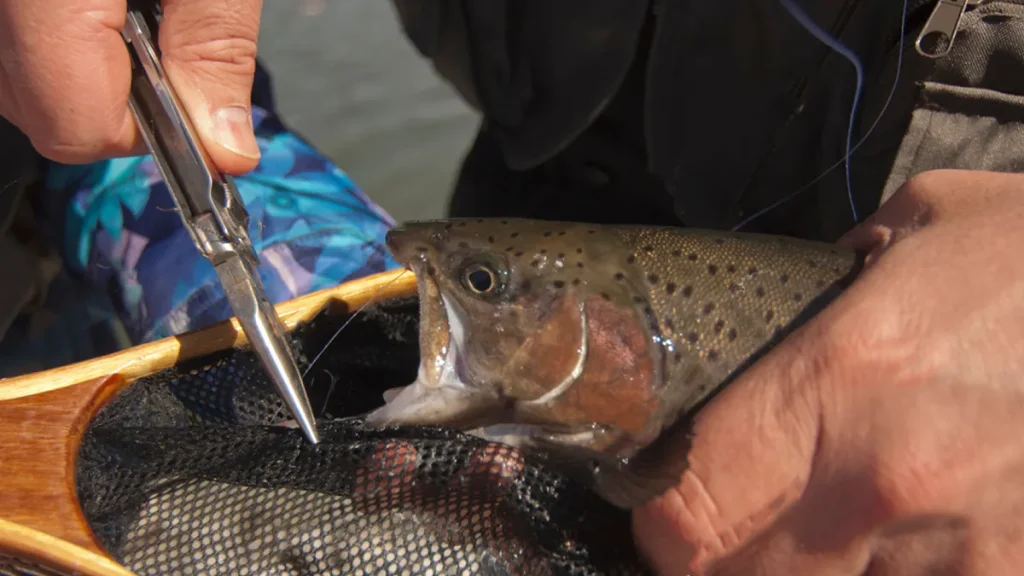
Barbless Hooks
First up, barbless hooks are a game-changer. They’re designed to minimize injury to the fish, making it easier to unhook them quickly and cleanly. This reduces the time the fish spends out of the water and lowers their stress levels significantly. Plus, it makes for a more humane fishing experience overall.
Rubber Nets
Next, let’s talk about rubber nets. Unlike traditional nylon nets, rubber nets are much gentler on the fish. They help prevent scale damage and reduce the risk of entanglement, which can cause unnecessary stress and injury. A good rubber net is an essential tool for every angler who practices catch and release.
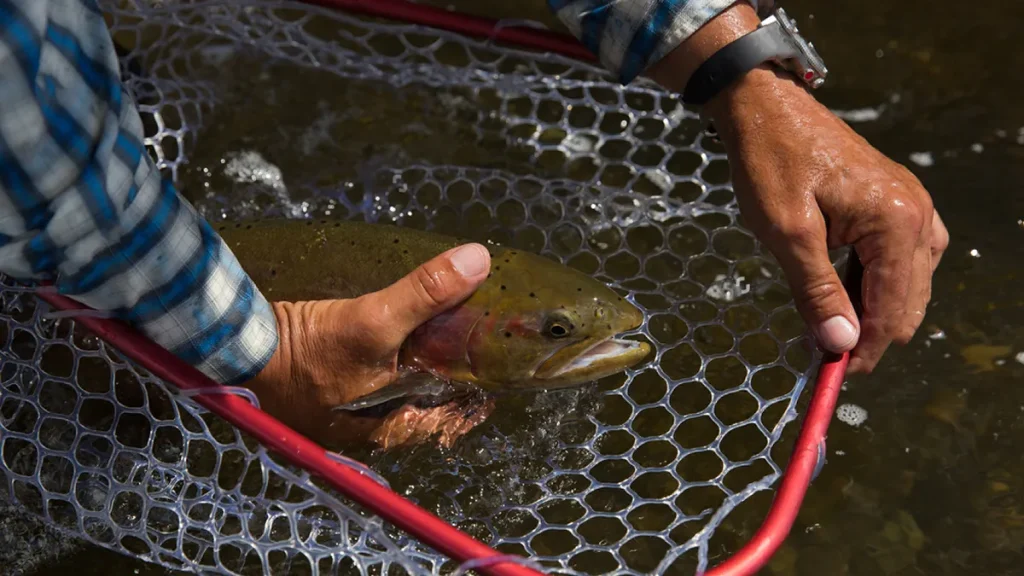
Fish Handling Gloves
Fish handling gloves are another vital piece of gear. These gloves are designed to provide a better grip while protecting the fish’s delicate slime coating. Wet gloves also help reduce the transfer of harmful bacteria from your hands to the fish, ensuring they stay healthy after release.
Properly Designed Fish Release Tools
Finally, having the right fish release tools can make a big difference. Tools like dehooker and pliers specifically designed for fishing allow you to remove hooks quickly and safely. The right tools can help you handle the fish with minimal contact, reducing stress and increasing their chances of a successful release.
By equipping yourself with these essential items, you’ll be well-prepared to practice catch and release responsibly and ensure the fish you catch live to fight another day.
The Benefits of Using Proper Gear for Catch and Release
Using the right gear is crucial for the health and survival of the fish we release. Proper equipment helps minimize stress and injury, ensuring that fish can recover and thrive after being caught. Barbless hooks allow for quick and safe unhooking, rubber nets prevent scale damage and entanglement, and fish handling gloves protect the fish’s slime coating while reducing bacteria transfer. Properly designed fish releases tools, like dehookers and pliers, enable minimal contact and stress. By investing in and using the correct gear, we significantly improve the chances of a successful and sustainable catch and release experience.
Best Practices for Catch and Release
Now that we’ve got our gear sorted, let’s go over some best practices for catch and release. Using the right techniques ensures that the fish we release have the best chance of survival. Here are a few key practices to keep in mind every time you’re out on the water.
Minimize Handling Time
The quicker you can release the fish, the better its chances of survival. Prolonged handling can stress the fish and reduce its ability to recover. To unhook fish swiftly, use barbless hooks and keep your tools handy. Be gentle and deliberate, ensuring the fish is out of the water for the shortest time possible.
Proper Handling Techniques
When handling fish, it’s important to be gentle. Always wet your hands before touching the fish to protect its slime coating, which is essential for its health. Hold the fish firmly but gently, supporting its body to avoid any internal injuries. Avoid squeezing or applying too much pressure, as this can cause harm.
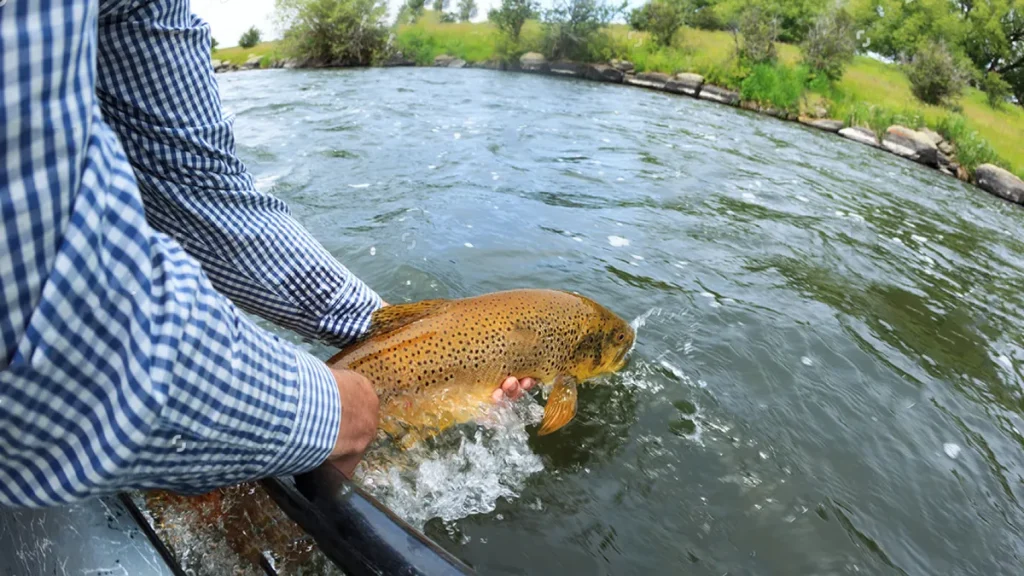
Reviving the Fish
Before releasing a fish, take a moment to revive it. Hold the fish in the water, facing into the current, to help it regain its strength. Gently move the fish back and forth to promote water flow over its gills. A fish ready to swim away will show strong, steady movements. If it struggles to stay upright, give it a bit more time to recover.
By following these best practices, we can ensure that our catch and release efforts truly make a positive impact, helping maintain healthy fish populations for future generations of anglers.
Common Mistakes to Avoid
Even the best intentions can go astray without the right know-how. To ensure our catch and release practices are as effective as possible, it’s important to avoid common mistakes that can harm the fish. Let’s take a look at some frequent errors and how we can steer clear of them.
One of the biggest mistakes anglers make is using inappropriate gear. Barbed hooks, for example, can cause significant damage to the fish, making it harder for them to recover. Always opt for barbless hooks or crimp the barbs down. This simple switch can make a huge difference in the fish’s chances of survival.
Another common error is rough handling or keeping the fish out of the water for too long. Fish are incredibly sensitive and can suffer from stress and physical damage if handled poorly. Always wet your hands before touching the fish and support its body to prevent injury. Try to keep the fish in the water as much as possible and work quickly to release it.
Lastly, avoid using unsuitable nets. Traditional nylon nets can harm the fish’s scales and slime coating. Instead, use rubber nets designed to be gentle on the fish. By being mindful of these common mistakes, we can all contribute to more successful catch-and-release practices, ensuring healthier fish and a thriving aquatic ecosystem.
The Role of Education and Awareness
Avoiding common mistakes is just one piece of the puzzle. To truly make a difference, we need to spread the word about proper catch-and-release practices. Education and awareness play a crucial role in ensuring that all anglers, from beginners to seasoned pros, know how to fish sustainably.
Educating anglers about the best techniques help protect our fish populations and preserve the health of our waterways. By learning and sharing proper catch and release methods, we can ensure that every fish we release has the best chance of survival. This knowledge not only benefits the fish but also enhances our fishing experience, knowing we’re doing our part for conservation.
In Australia, several organizations and programs are dedicated to promoting sustainable fishing. For instance, OzFish Unlimited works with local communities to restore fish habitats and educate anglers. Programs like Fishcare Victoria offer workshops and resources to teach anglers about responsible fishing practices. By getting involved with these groups, we can stay informed and help spread the message.
Ultimately, the more we know and share about proper catch and release practices, the better we can protect our precious aquatic ecosystems for future generations of anglers.
Conclusion
We’ve covered a lot about catch and release, from using the right gear to proper handling techniques and avoiding common mistakes. By focusing on best practices, like minimizing handling time, using barbless hooks, and properly reviving fish, we can make sure our efforts truly benefit the fish and our environment.
Education and awareness are key. By learning and sharing these techniques, we can all contribute to more sustainable fishing practices. Organizations like OzFish Unlimited and Fishcare Victoria are doing fantastic work in promoting these values. Getting involved and staying informed helps us protect our beloved fishing spots and ensures future generations can enjoy the thrill of the catch.
So, let’s commit to adopting and promoting these sustainable habits. Next time you’re out on the water, remember the importance of proper catch and release techniques. Your actions make a difference, not just for the fish but for the entire ecosystem.
We’d love to hear from you! Share your catch-and-release experiences in the comments below or on social media. Let’s inspire each other to fish responsibly and protect our waterways. And if you’re looking to further improve your fishing skills, check out our Braided Line Management: Spooling and Storage Guide for tips on keeping your gear in top shape. Tight lines, everyone, and happy fishing!
